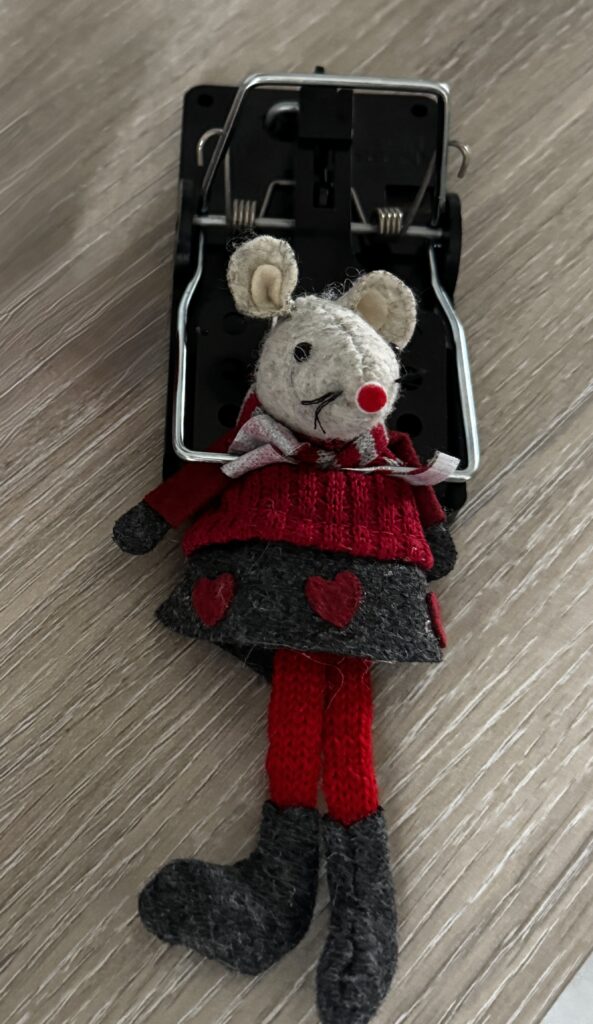
The True Cost of Cheap Rodent Control: Bait Resistance in Oxfordshire
Table of Contents
- Introduction
- What Is Bait Resistance?
- Rodent Resistance Types Found in Oxfordshire
- Why DIY Rodent Control Often Fails
- The Problem of Bait-Shy and Trap-Shy Rodents
- Hidden Costs for Homes and Businesses
- Our Proven Strategy at Shire Pest Solutions
- Final Thoughts
Introduction
Cheap rodent control continues to cause a rise in rats across Oxfordshire, and many property owners try to solve infestations using shop-bought baits and traps. While this may seem cheaper at first, bait resistance and rodent behavioural changes, such as bait shyness and trap shyness, often render DIY efforts completely ineffective.
At Shire Pest Solutions, we see these problems daily—cases where quick fixes have led to bigger infestations and higher long-term costs.
What Is Bait Resistance?
Bait resistance develops when rodents consume a rodenticide but survive. These rodents pass their resistance on to future generations, making the local population harder to control.
Rats and mice in Oxfordshire have developed resistance to common poisons like warfarin, bromadiolone, and difenacoum. Even if rodents eat the bait, they often survive. This leads many people to believe the bait is being avoided, when in fact, it is simply ineffective against resistant strains.
Rodent Resistance Types Found in Oxfordshire
Rodent resistance is backed by genetic evidence. These resistance strains have been confirmed in towns such as Oxford, Didcot, Abingdon, Banbury, and surrounding areas.
| Resistance Type | Species Affected | Resistance To |
|---|---|---|
| L120Q | Rats only | Bromadiolone, partial difenacoum |
| Y139F | Rats only | Bromadiolone, difenacoum |
| Y139C | Mice only | Warfarin, bromadiolone |
| Tyr139 | Rats and mice | Multiple anticoagulants |
| SRWM | Mice only | First-generation and some SGARs |
Why DIY Rodent Control Often Fails
Many people treat rodent problems with supermarket baits or traps. These methods often seem affordable but usually fail for several reasons:
- Ineffective bait strength: Over-the-counter baits contain weak active ingredients.
- Poor placement: Inaccurate positioning leads to avoidance.
- No monitoring: DIY solutions don’t allow for adapting when bait is ignored.
- No root cause treatment: Entry points and attractants remain untouched.
Each failed attempt increases rodent wariness, leading to bait and trap shyness—making future control even harder.
The Problem of Bait-Shy and Trap-Shy Rodents
What Is Bait Shyness?
Rodents become bait-shy after eating bait that makes them ill but doesn’t kill. They avoid it from then on, and may signal other rodents to do the same.
What Is Trap Shyness?
Trap-shy rodents avoid areas where others have been caught or where traps caused harm without killing. They learn from observation, making traditional methods increasingly ineffective.
Hidden Costs for Homes and Businesses
DIY control methods often cause long-term harm. Here are just a few real-world costs:
| Problem | Long-Term Impact |
|---|---|
| Repeat bait purchases | Ongoing expense with no resolution |
| Property damage | Chewed wires, insulation, and pipework |
| Health risks | Exposure to leptospirosis, hantavirus, and salmonella |
| Contaminated goods | Stock loss in homes, shops, or commercial kitchens |
| Hygiene violations | Failed audits, fines, or closures |
| Reputation damage | Negative reviews, complaints, and lost trust |
Rodents reproduce rapidly. A single female rat can have over 60 young in a year. Left untreated, infestations spiral quickly.
Our Proven Strategy at Shire Pest Solutions
We take no shortcuts. Every rodent control plan we provide is based on evidence, local resistance data, and years of hands-on experience.
1. Full Site Survey
We assess activity levels, resistance patterns, and any behavioural issues such as bait or trap avoidance.
2. Licensed Treatments
We use second-generation anticoagulants such as brodifacoum and flocoumafen indoors, and cholecalciferol for environmentally sensitive sites.
3. Multi-Tool Approach
- Snap traps (pre-baited to overcome suspicion)
- Tamper-resistant bait stations
- Rodent tracking dusts
- Non-toxic monitoring blocks
- Entry point proofing and structural repair
- Hygiene and waste management advice
4. Adaptive Monitoring
We revisit as needed, adjust treatment as rodent behaviour changes, and act fast before resistance develops.
5. Long-Term Prevention
We guide clients on vegetation control, bin security, and property maintenance to prevent reinfestation—essential for Wallingford farms, shops, and homes alike.
Final Thoughts
Bait resistance is widespread across Oxfordshire. Rats and mice are now more difficult to eliminate using standard poisons and basic traps. DIY control rarely works and can worsen the situation.
At Shire Pest Solutions, we tackle both chemical resistance and behavioural defences with effective tools, licensed treatments, and expert insight.
Struggling with stubborn rats or mice?
Don’t waste more time or money cheap rodent control. Contact Shire Pest Solutions or call 01235 399073 to book a professional rodent inspection. Let’s outsmart the rodents—before they outsmart you.
